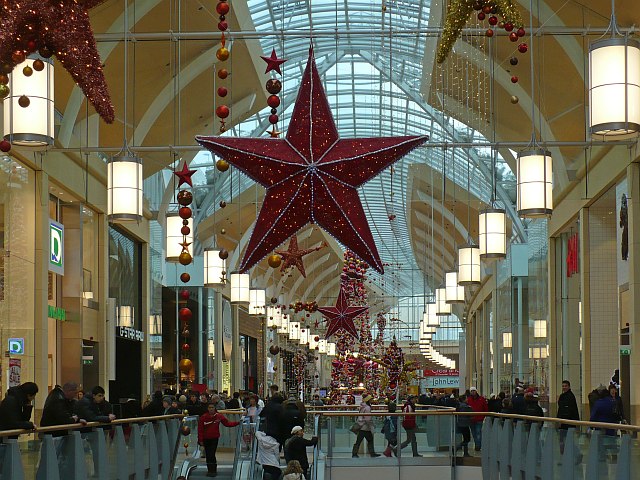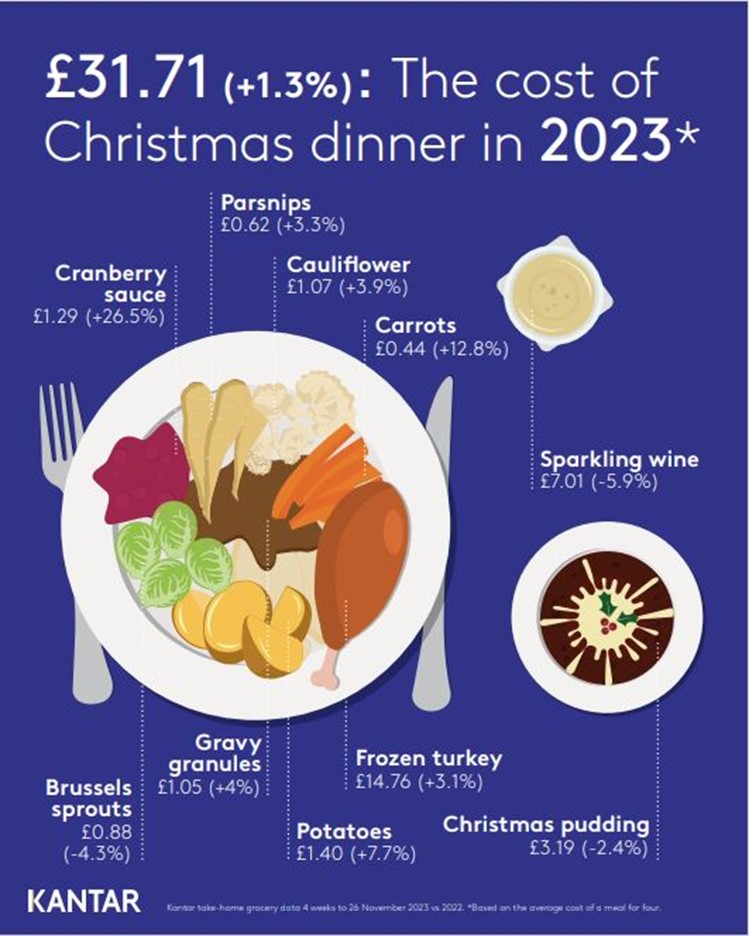
By Isabelle Szmigin, Emerita Professor of Marketing, Department of Marketing.
The countdown to Christmas has begun. Advent calendars are being opened, elves are on shelves, and there has been a flurry of Christmas ads . Meanwhile on the high street and the internet we have had Black Friday and Cyber Monday, and now the pre-Christmas sales are beginning. But despite offers seeming to appear almost every day on our phones, tablets, and laptops we may well have a very cautious Christmas, and for hard pressed consumers having suffered months of inflation, that may be no bad thing. The British Retail Consortium reported that sales growth in November was weak at 2.7% despite many of the Black Friday deals coming in that month. Perhaps a signpost to how things will be in December.
The three months up to Christmas are known as the golden quarter; this is the time when retailers expect and indeed need to increase their turnover and profits to shield them from the January dip in sales. All of this comes after a poor Autumn for both the high street and the internet. September, when consumers might be expected to be thinking about buying their winter clothes. was the warmest since 1884 (when records began) and saw clothing sales dip by 1.6%.
But consumers are never predictable, and we may well see a last-minute rush in the final days before Christmas as more bargains come on the market in a desperate bid by retailers to ensure some sales. Probably the most likely approach to present buying is going to be just fewer gifts this year.
And how does the current economic climate impact the festive meal? Kantar predicts that take-home grocery sales will surpass £13 billion for the first time in December. But realistically this figure has been fuelled by inflation,grocery prices are still high as it appears some retailers are determined to protect their margins rather than their consumers. It is normal for consumers to purchase 10% more food at Christmas. There may also be some tactical pricing with Brussel sprouts apparently 4.3% cheaper than last year – good news for some!
And if you want to see what you are likely to be spending on your Christmas dinner, Kantar provide a handy illustration.

But Christmas is a very short time for celebration and consumers will have to face the reality of grocery prices once again after the festive season. Branded products are maintaining and increasing their prices and of course the real shocker is the increase in the price of infant formula; a market dominated by just two companies who account for 85% of sales. It is outrageous that the Competition and Markets Authority (CMA) found three out of four companies that make baked beans, mayonnaise, infant formula and pet food have increased their prices faster than the increase in their costs. The CMA is now turning their gaze on supermarkets who only offer discounted prices to those who are part of their loyalty scheme.
So perhaps we shouldn’t feel too sorry for at least some of the suppliers and retailers providing our Christmas this year. As consumers we should be cautious, as facing a large credit card bill in January is not what any of us want. So finally, I would recommend a quick read of the Money Saving Expert’s Christmas shopping tips starting with the most sensible. ‘Don’t plan the perfect Christmas – first work out what you can afford’. It might sound a bit Scrooge like but it’s advice worth remembering.
- More about Professor Isabelle Szmigin at the University of Birmingham
- Back to Business School Blog
The views and opinions expressed in this article are those of the author and do not necessarily reflect the official policy or position of the University of Birmingham.
